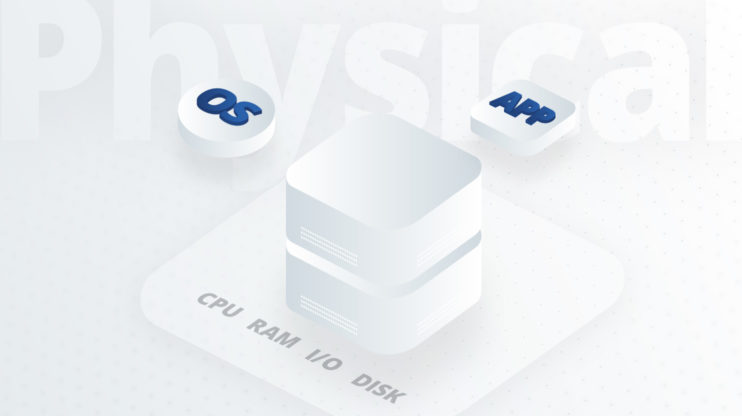What is a physical server?
A physical server functions very similarly to a regular computer, just on a different scale. It’s a hardware server that includes memory, hard drive, network connectivity, and runs operating systems and applications off its internal hardware resources. A physical server can be designated to a single user (dedicated server) or can be used by multiple users (e.g. through virtualization, or other techniques that establish a type of access management and resource usage). All servers are physical in the end.
It’s often referred to as a bare-metal server since its hardware is used by an operating system rather than a virtualization platform.

What’s the difference between a physical server and virtual server?
While a physical server is essentially a business-grade powerful computer, a virtual server is a software computer that emulates the processes of an actual physical computer. Virtual servers, unlike physical ones, operate in a multi-user environment, with multiple virtual servers running on the same physical hardware. Virtual servers are the virtualization of the computing resources of a physical server.
When getting a dedicated physical server makes sense
One of the most common reasons for using a physical server for a workload is to have that workload use all available resources. It’s a dedicated physical server just for one person. Additionally, if you manage or provide hosting for others as a vendor, it could be useful to purchase or rent the physical server and organize a hosting solution for client websites on it through virtualization or other architectures. Another reason to run a physical server is simply because some hardware that may be needed cannot be virtualized. There are also some platforms that are not virtualized, so in that case again the use of a physical server would make sense.
Pros and cons of a physical server
Some of the advantages of having a physical server are a user’s IT team having full access to the server at all times, particularly useful for high-demand operations. The server can also be fully customized as well by an IT team based on a user’s or business’ needs.
There are also a few disadvantages of using physical servers. They can be expensive, both in the initial investment and long-term, due to maintenance costs, updates, and even replacements in the case of hardware failures. Another important disadvantage to consider is downtime and that users cannot scale storage in small increments once the maximum workload is reached.



